
The offshore wind sector is at the heart of development of regional clusters, the development of coastal areas and export opportunities. The UK Offshore Wind Clusters were formed as a result of the Offshore Wind 2019 Sector Deal and their regional capabilities, knowledge and network provide valuable insights into the UK offshore wind sector.
The Clusters Forum serves as a platform for collaboration, knowledge exchange, and strategic alignment among regional offshore wind clusters across the UK. Its primary goal is to bring together key stakeholders including industry representatives, regional advocates, supply chain leaders, and academia to elevate the voices of the clusters, identify opportunities, address challenges, and foster growth within the UK offshore wind sector.

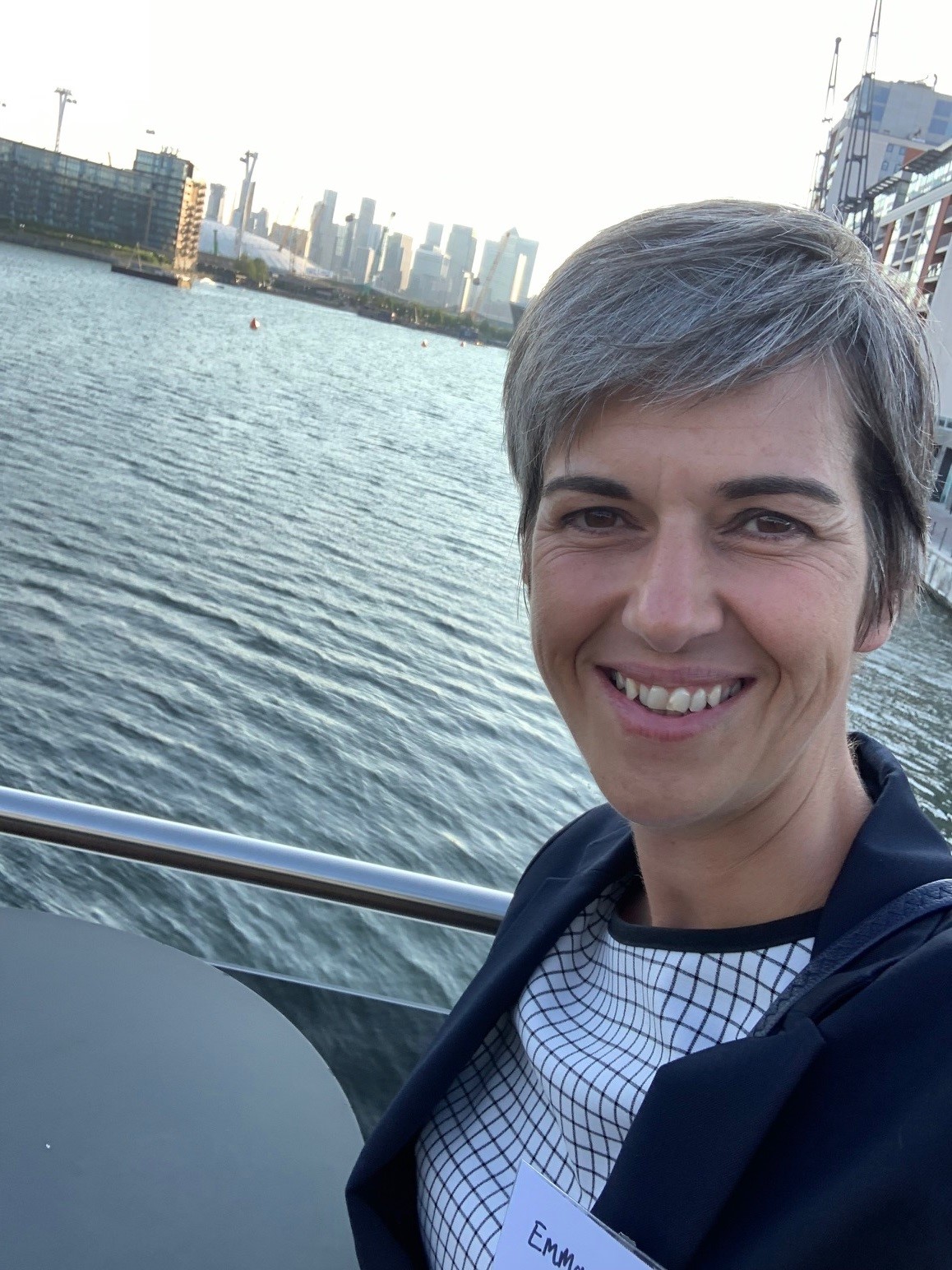

The Regional Growth Prospectuses, commissioned by the Offshore Wind Industry Council and The Crown Estate have been delivered in collaboration with the UK offshore wind clusters to set out the national supply chain and port capabilities, using the Industrial Growth Plan (IGP) framework.
Each of these explores in depth the characteristics of a region or cluster, their contributions to the offshore wind supply chain and their potential for further growth.
You can get an idea of the UK's national capabilities and familiarise yourself with clusters of activity via the map below, where companies working in IGP priority areas are mapped across the UK.
In 2024, the Offshore Wind Industrial Growth Plan (IGP) identified key priorities for strengthening the UK’s offshore wind industry. Based on a national ‘make or buy’ analysis of critical components and services, the IGP highlights areas essential to domestic supply or where the UK has the potential to build global competitiveness.
The IGP Priority Areas are:
The Regional Growth Prospectuses shine a light on these growth capabilities, highlighting tailored insights at a regional level based on factors such as the existing supply chain capability, port infrastructure and wider future growth.
The Clean Energy Cluster encompasses a wide range of high-value companies working in offshore wind, with significant plans for growth built on a large fixed and floating offshore wind pipeline. Initiatives such as the Strategic Investment Model (SIM) are seeking to accelerate investments in new port and supply chain infrastructure.
Northeast Scotland and the Central Belt are home to a range of manufacturing and service companies supplying into the wider energy sector. This existing supply chain highlights Scotland’s importance to UK efforts to grow Smart Environmental Services, Next Generation Installation and O&M, as well as Industrialised Foundations & Substructures and Future Electrical Systems & Cables.
Potential foreign direct investments could make Scotland important for UK efforts to secure value from Advanced Turbine Technology, installation and O&M and Smart Environmental Services.
View the Clean Energy Cluster regional prospectus >
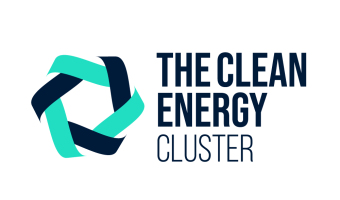
While not formally recognised as a Cluster in the Offshore Wind Sector Deal, Northern Ireland is nevertheless a key UK offshore wind industrial hub. Its primary focus is the deep-water infrastructure at Belfast Port, which has played a pivotal role in project installations across the Irish Sea, in Liverpool Bay. Strategically positioned for ongoing activity in the Next Generation Installation and Operations & Maintenance IGP priority area, Belfast is also set to benefit from ambitious port investment plans, enhancing its capability to serve projects in England, Scotland, Ireland and future development in Northern Ireland.
View the Northern Ireland Maritime & Offshore regional prospectus >

With the Irish Sea hosting some of the UK’s most active offshore wind development over the past decade, particularly in the Liverpool Bay and off the North Wales Coast, companies in the Offshore Energy Alliance cluster have secured contracts across several IGP priority areas. A broad-based local supply chain has emerged, delivering high-value services in Next Generation Installation, Operations and Maintenance and Next Generation Environmental Services, supported by port capacity in Cumbria, Merseyside and North Wales.
View the Offshore Energy Alliance regional prospectus >
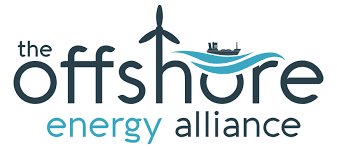
The Celtic Sea Cluster was originally established to help set the market conditions for floating offshore wind. However, its scope and ambition have since expanded both geographically and industrially. While the cluster does not yet have offshore wind projects in construction or operation, it has a strong pipeline of floating wind developments, including both commercial and test and demonstration projects. The Celtic Freeport covers the South Wales section of the cluster. Across the cluster region, there is significant existing capability in marine services, supporting offshore wind projects in both the UK and international markets. These capabilities align well to the national priority areas of Smart Environmental Services and Next-Generation Installation, Operations, and Maintenance.
View the Celtic Sea regional prospectus >

The South East region provides deep expertise benefiting offshore wind. The Isle of Wight has been home to blade production for over 20 years, which has embedded strong regional capability—particularly in composites manufacture, R&D, design, and tooling—which offers a future base for R&D to support a next generation of offshore wind blades. This strong research presence means the region is identified as playing an ongoing role in support of the IGP Advanced Turbine Technology priority.
This region shows opportunities for an offshore wind cluster.
View the South East England regional prospectus >

The EastWind Cluster is home to a widespread and active group of companies successfully winning work in offshore wind, oil and gas and nuclear as well as other industries. The region is home to a set of mature offshore wind farms, with important learning and experience gained from these. Today, a new pipeline of projects are planned to be delivered by the end of this decade. This means opportunities to grow the existing O&M expertise, while growing strong installation know-how and capturing value from delivering larger installation packages. These capabilities align well to the national priority areas of Smart Environmental Services and Next-Generation Installation, Operations, and Maintenance
View the EastWind regional prospectus >
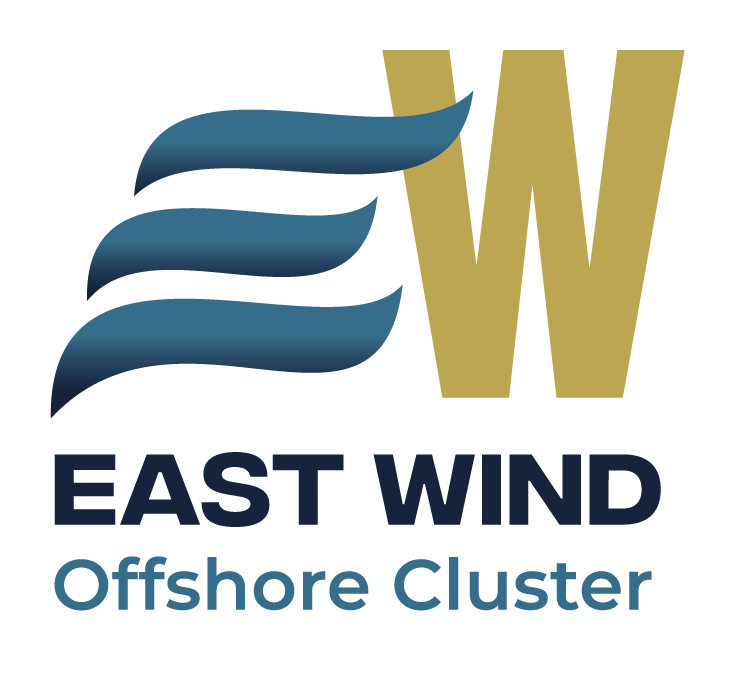
The Humber Offshore Wind Cluster is home to the successful Siemens Energy blade factory and installation port. This makes the Cluster a leading light in UK efforts to double blade capacity as well as grow UK footprint in offshore wind installation.
On the south bank the ports of Grimsby and Immingham play a leading role supporting the operation and maintenance of a wide range of wind farms, including mature assets served by CTVs and GW+ farms supplied by a fleet of SOVs. New wind farm growth in the North Sea and beyond provides future market opportunities for the region. These capabilities align well to the national priority areas of Advanced Turbine Technology and Next-Generation Installation, Operations, and Maintenance.
View the Humber Offshore Wind regional prospectus >
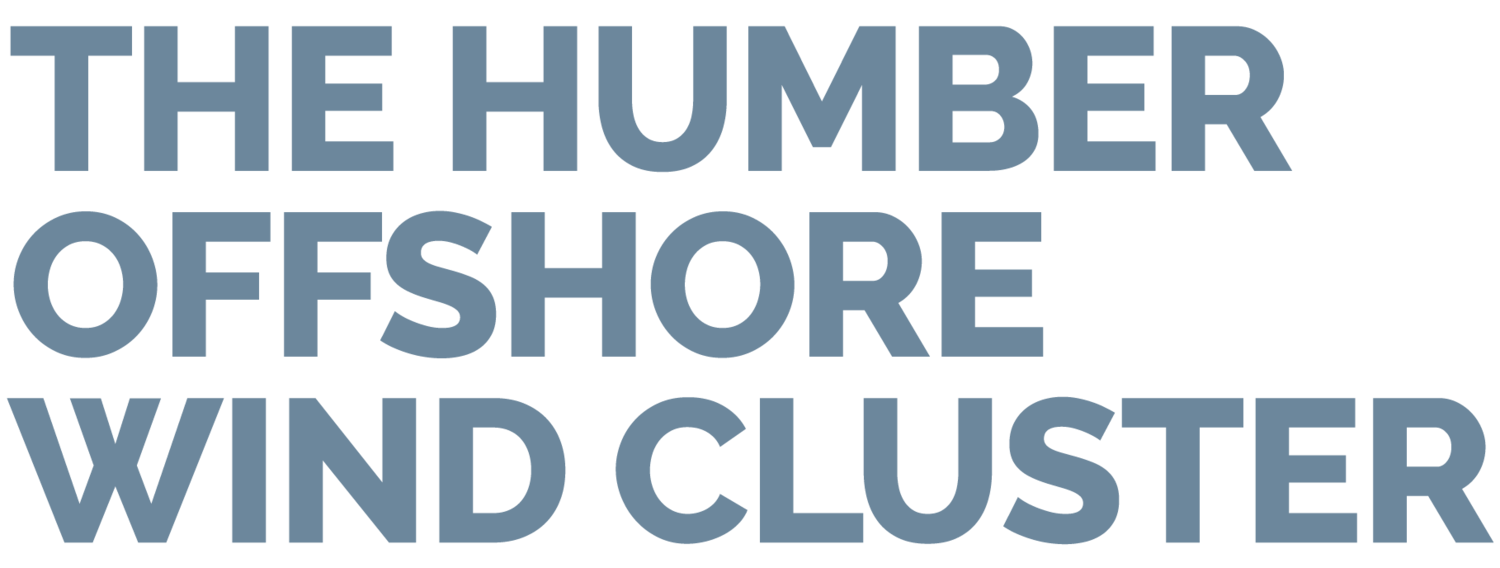
Energi Coast is home to a wide variety of supply chain companies working in offshore wind, with all four of the region’s rivers hosting firms active in offshore wind. The long-standing presence of JDR Cables and a wider supply chain, as well as a larger group of fabricators (including tier one suppliers in SeAH and Smulders) and presence of installers such as Technip FMC, SMD and many others in the region highlights its importance to UK efforts to grow Industrialised Foundations and Substructures, Future Electrical Systems and Cables, Next Generation Installation and O&M and Smart Environmental Services.
View the Energi Coast regional prospectus >
